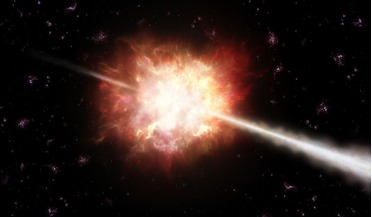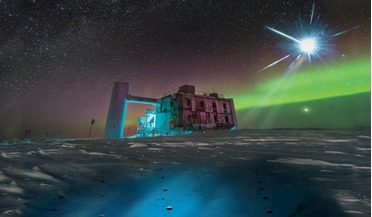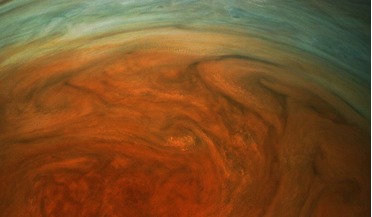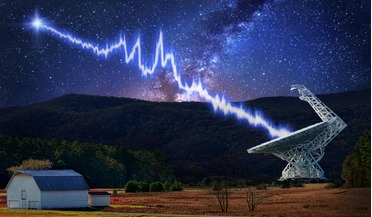 13 November 2017
Powerful outburst points to new class of high-energy transients
13 November 2017
Powerful outburst points to new class of high-energy transients
... to Nature Astronomy, say is the most energetic of these types of events to date. Found using the Panoramic Survey Telescope and Pan-STARRS1 Survey, PS1-10adi is calculated to have an energy of 2.3 x 1052 ergs, which is the equivalent of 2.3 x 1045...
 13 July 2018
Neutrino discovery helps resolve a century-old riddle
13 July 2018
Neutrino discovery helps resolve a century-old riddle
... in a new branch of astronomical research, this discovery could pave the same path for neutrino astronomy, and telescopes all around the world would follow the neutrinos lead to zero in on the same object. However, before...
 03 September 2018
Water discovered in Jupiter's Great Red Spot suggests plenty more down below
03 September 2018
Water discovered in Jupiter's Great Red Spot suggests plenty more down below
... seemed amiss, so with the aid of two instruments on ground-based telescopes, iSHELL on the NASA Infrared Telescope Facility and the Near Infrared Spectrograph on the Keck 2 telescope, a team of US scientists now have evidence that paints a very...
 11 September 2019
First detection of atmospheric water vapour on 'super-Earth' in habitable zone
11 September 2019
First detection of atmospheric water vapour on 'super-Earth' in habitable zone
... cannot be extracted – Hubble is brilliant, but its not technically capable of determining chemical signatures like other dedicated telescopes – the authors modelled different scenarios to find the best fit possible with their data. Those models...
 04 May 2020
Exoplanets with hydrogen-rich atmospheres could harbour life
04 May 2020
Exoplanets with hydrogen-rich atmospheres could harbour life
... of stellar light that passes through a transiting exoplanet's atmosphere is very small, a limitation which constrains both the telescopes and instruments that can be used. As such it tends to be hot giant exoplanet atmospheres that are studied more...
 07 September 2020
A new study helps narrow the search for intelligent life
07 September 2020
A new study helps narrow the search for intelligent life
... 692 of the targets with the Green Bank 100-metre Telescope in West Virginia, US. These stars were all located within...Earth could detect. The trouble is, it is hard for radio telescopes to hone in on a central target star without including large areas...